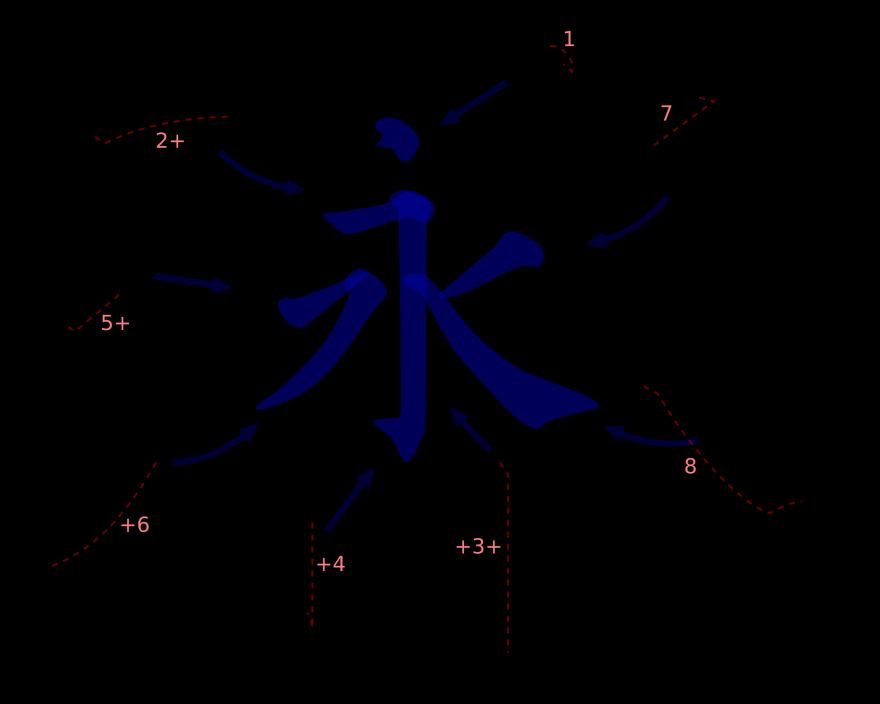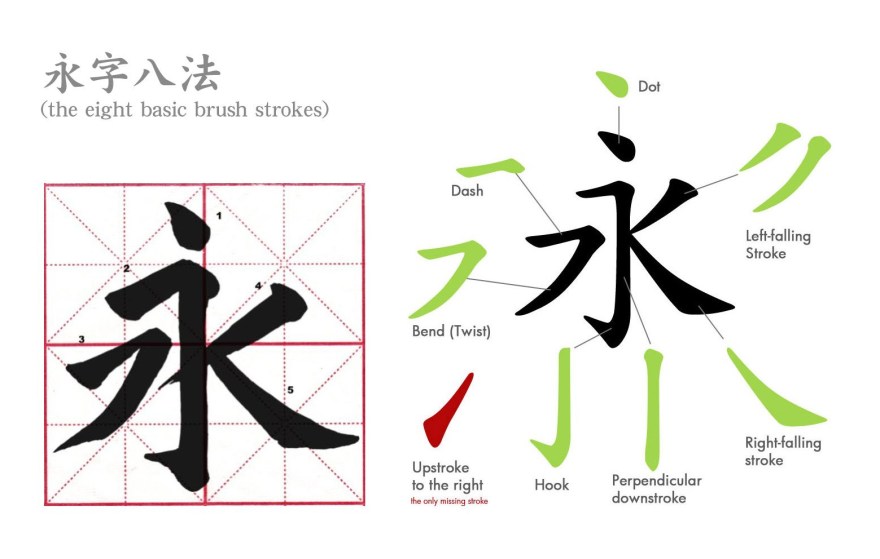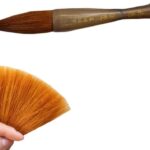Master The Art Of Writing Kanji In 8 Strokes: The Ultimate Guide To Perfecting Your Calligraphy Skills
Kanji 8 Strokes: A Comprehensive Guide
As a blogger who loves to explore art, I am always on the lookout for new and interesting strokes that add depth and character to a piece. One such stroke that caught my eye recently is the Kanji 8 Strokes. This stroke is an integral part of the Japanese writing system, and its unique shape and structure make it a popular choice among calligraphers and artists alike. In this article, I will share my experience with the Kanji 8 Strokes, its history, techniques, styles, benefits, and more.
What is Kanji 8 Strokes?
2 Picture Gallery: Master The Art Of Writing Kanji In 8 Strokes: The Ultimate Guide To Perfecting Your Calligraphy Skills


Kanji 8 Strokes is a stroke that is used to write several Japanese characters, including the kanji for person, middle, summer, and book. It is formed by making a vertical line, followed by a horizontal line that intersects it at a 45-degree angle. The stroke is then completed by adding a diagonal line that connects the two ends of the previous lines. The Kanji 8 Strokes stroke is unique in that it can convey a sense of balance, stability, and elegance, making it a popular choice for calligraphers and artists alike.
Who uses Kanji 8 Strokes?

Image Source: wikimedia.org
Kanji 8 Strokes is commonly used by calligraphers, artists, and anyone who appreciates the beauty and elegance of the Japanese writing system. The stroke has become a popular choice in modern art and design, as it can be used to create unique and eye-catching visuals. Additionally, the stroke is also used by Japanese language learners to practice writing kanji characters.
When and where was Kanji 8 Strokes developed?

Image Source: pinimg.com
The origin of the Kanji 8 Strokes stroke can be traced back to the development of the Japanese writing system in the 8th century. The stroke has been used in various forms throughout history, and it continues to be an important part of the Japanese language and culture. Today, the stroke is widely used in calligraphy, art, and design, and it can be found in various forms across Japan and other parts of the world.
Why is Kanji 8 Strokes popular?
Kanji 8 Strokes stroke is popular for several reasons. Firstly, it is a unique and distinctive stroke that can add a sense of elegance, balance, and harmony to a piece of art or design. Additionally, it is a versatile stroke that can be used in various contexts and styles, from traditional calligraphy to modern design. Finally, the stroke is also popular among Japanese language learners, as it is used to write several important kanji characters.
How to use Kanji 8 Strokes?
Using Kanji 8 Strokes stroke requires practice and a steady hand. To create the stroke, start by making a vertical line, followed by a horizontal line that intersects it at a 45-degree angle. The stroke is completed by adding a diagonal line that connects the two ends of the previous lines. The stroke should be made in a fluid and confident motion, with the lines flowing smoothly into one another.
FAQ:
Q: What is the significance of the Kanji 8 Strokes stroke in Japanese culture?
A: The Kanji 8 Strokes stroke is an important part of the Japanese writing system and is used to write several important kanji characters.
Q: Can Kanji 8 Strokes be used in modern art and design?
A: Yes, Kanji 8 Strokes stroke is a popular choice among artists and designers as it can add a unique and elegant touch to their work.
Q: Is it difficult to learn how to use Kanji 8 Strokes stroke?
A: Like any skill, learning to use Kanji 8 Strokes stroke requires practice and patience. However, with time and dedication, anyone can learn how to use this stroke effectively.
Art and Techniques:
Kanji 8 Strokes stroke can be used in various styles and techniques, from traditional calligraphy to modern design. Some popular techniques include using the stroke as a standalone element or incorporating it into larger designs. Additionally, the stroke can be used in various sizes and materials, from small ink Brushstrokes.us/’>Brush Strokes to large-scale murals.
Pros and Cons:
Pros: Kanji 8 Strokes stroke is a versatile and elegant stroke that can add depth and character to a piece of art or design. It is also an important part of the Japanese writing system and culture.
Cons: Learning to use Kanji 8 Strokes stroke requires practice and patience, and it may not be suitable for everyone’s artistic style.
Conclusion:
Overall, I have thoroughly enjoyed exploring the world of Kanji 8 Strokes stroke and its many applications in the art and design world. Whether you are a calligrapher, artist, or simply someone who appreciates the beauty of the Japanese writing system, the Kanji 8 Strokes stroke is a fascinating and versatile stroke that is worth exploring further. With practice and dedication, anyone can learn how to use this stroke effectively and create stunning works of art that stand the test of time.
This post topic: Stroke
![Warning System - Mercury Optimax User Manual [Page ] ManualsLib](https://seoschool.biz/wp-content/uploads/2023/05/warning-system-mercury-optimax-user-manual-page-manualslib-150x150.png)


